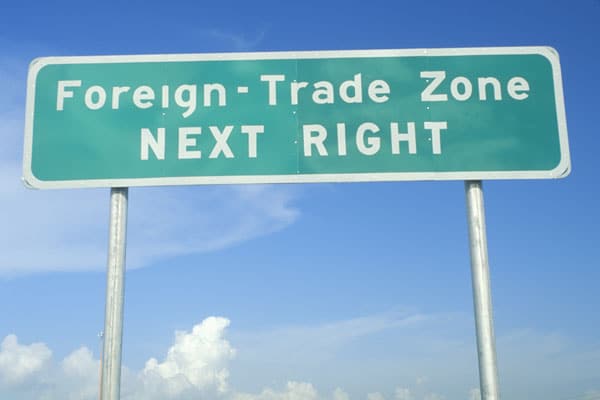Takeaways from Tragedy
As we approach the 13th anniversary of the catastrophic attacks on September 11, 2001; I stopped to ponder the plethora of regulatory changes and new programs that have been imposed upon companies engaged in global business in the post 9/11 era. In 2008 theAmerican Association of Exporters and Importers (AAEI) published The American Trader’s Guide to Post 9/11 and Homeland Security Programs. By my count there are no less than thirty (30) new programs related to supply chain security, some voluntary, others mandatory.
The Customs-Trade Partnership Against Terrorism (C-TPAT) is one of those programs and good, bad, or indifferent, I had a direct-hand in designing and helping implement C-TPAT. (For readers who may be interested in the details of how C-TPAT came about and the trials and tribulations of getting the program stood up please see my September 2007 article titled The Genesis of the U.S. C-TPAT Program: Lessons Learned and Earned by the Government and Trade in the World Customs Journal Volume 1, Number 2 .)
Managed and operated by U.S. Customs and Border Protection (CBP), C-TPAT is clearly the largest post 9/11 security program. With more than 10,000 member-companies, C-TPAT has been widely hailed in some circles as the most successful private and public partnership ever created. But the program has also had its share of missteps and short comings.
The “Haves” and “Have-nots”
The original idea was to draw a bright line of distinction between the “haves” (those with C-TPAT Certification) and “have-nots” (those importers who elect not to participate), thereby allowing CBP to better manage high risk shipments. In my opinion, CBP has floundered in this respect and has not used the tools at their disposal to effectively incent the “have-nots” to participate in the program.
Benefits – What’s in it for us?
When contemplating whether or not to voluntarily participate in C-TPAT the two most common challenges issued by senior leadership are, “What will it cost and what’s in it for us?” CBP and the U.S. Congress have struggled to develop tangible and meaningful benefits for member companies. This has led to a plateau or recent flattening of new members.
Validators Gone Wild
To be sure, the Supply Chain Security Specialist (SCSS) is a relatively new position within CBP. Early on in the program CBP did not do a very good job of training or monitoring the SCSS’. Consequently, we’ve had reports of SCSS’ trundling through Tuscany (not necessarily known as a terrorism hotbed) conducting validations. We’ve even heard about one validation exercise with a Scottish exporter (also not known for terroristic activity) that took less than ninety (90) minutes to complete. On their way out the SCSS Validators inquired about the local markets and where they might find some authentic Scottish smoked salmon. Heck, back in 2002 during one of the first CBP C-TPAT validations, as we were preparing to select an overseas manufacturer, our SCSS at the time asked us where we thought our riskiest imports came from. We replied with places like Pakistan, Indonesia, Sri Lanka, Egypt, and perhaps Africa. The SCSS countered by asking what kind of volume we had, if any, from Portugal! Even today some of the SCSS’ push the envelope and seem to make up their own requirements or rules for the program; so clearly there’s still uniformity and training issues with C-TPAT that CBP needs to better address.
Collectively though, as an entire industry, we’ve accomplished things that some said, “Couldn’t be done”, and as such we should be proud of those accomplishments. Are we as a nation more secure as a result of these programs and the layers of security employed by them? My answer is an emphatic “yes”, I believe that we have successfully diminished the potential to use an otherwise legitimate commercial supply chain to commit and act of terror. The obvious result is a safer and more secure homeland.
The C-TPAT Program continues to evolve and in the not-too-distant future the program will be undergoing some substantial changes to accommodate U.S. exporters and more Mutual Recognition Agreements with other countries. It is also expected that one day Congress will authorize some additional benefits for C-TPAT members making the program even more lucrative.
If you or your company is considering participation in the C-TPAT program please consider joining us for the next Global Training Center C-TPAT Webinar.







